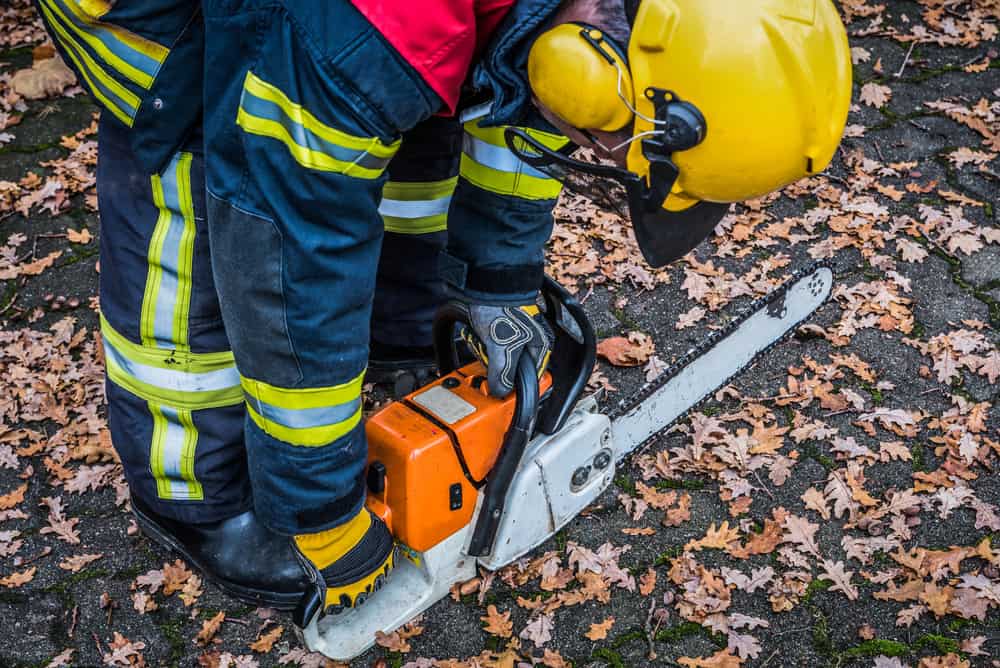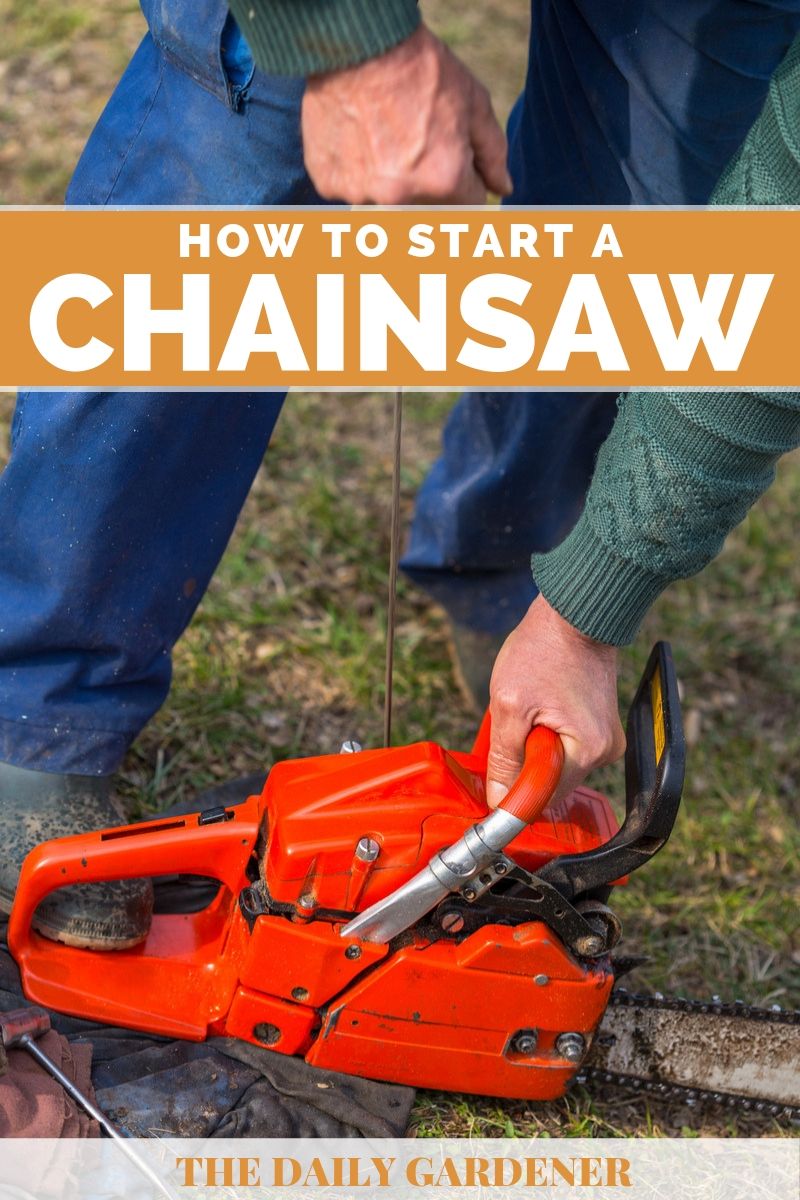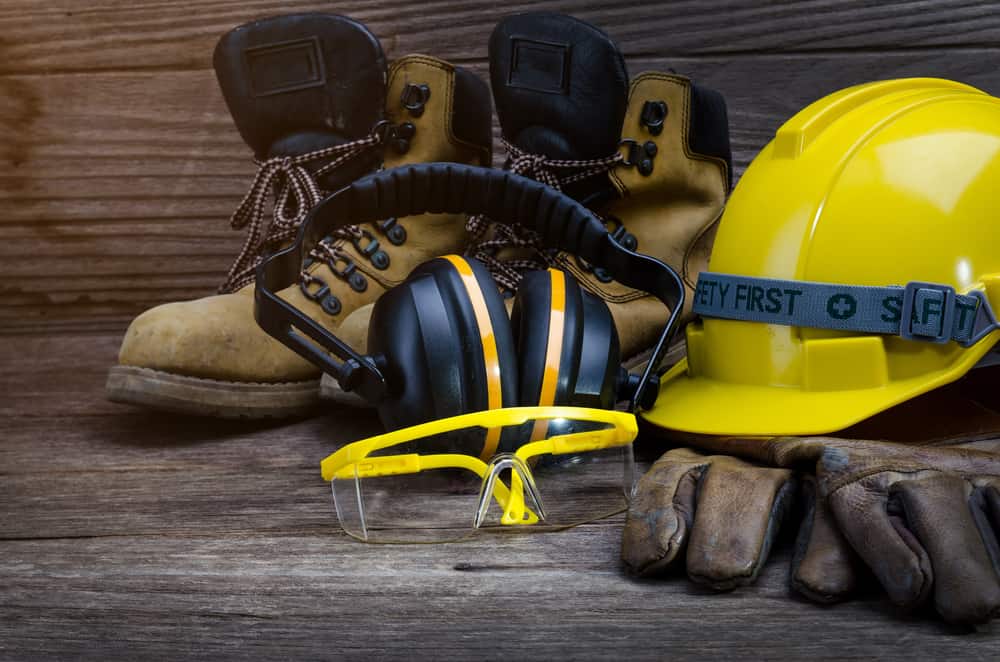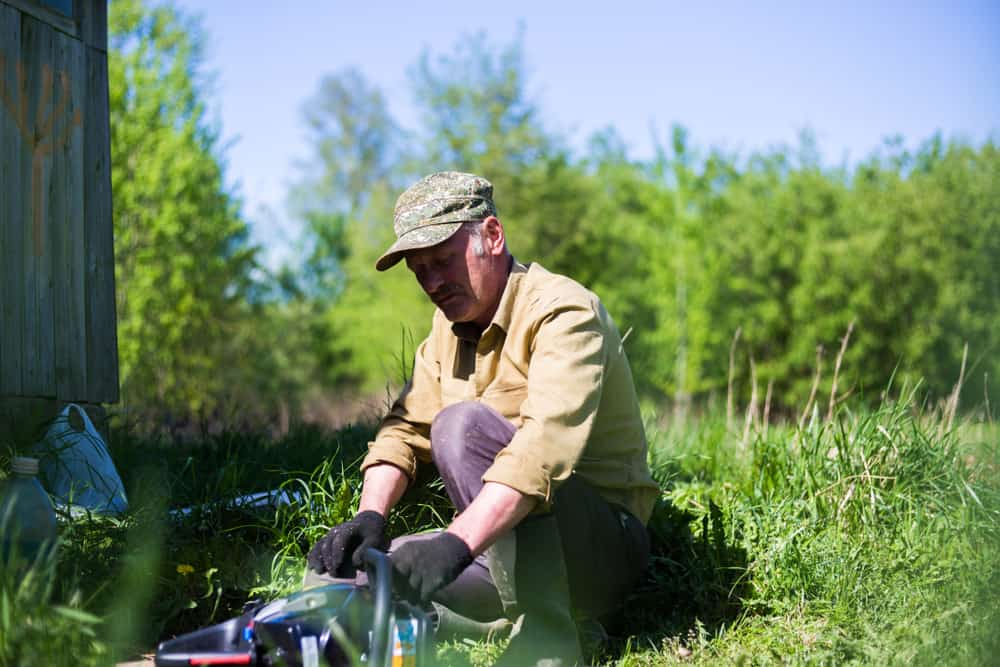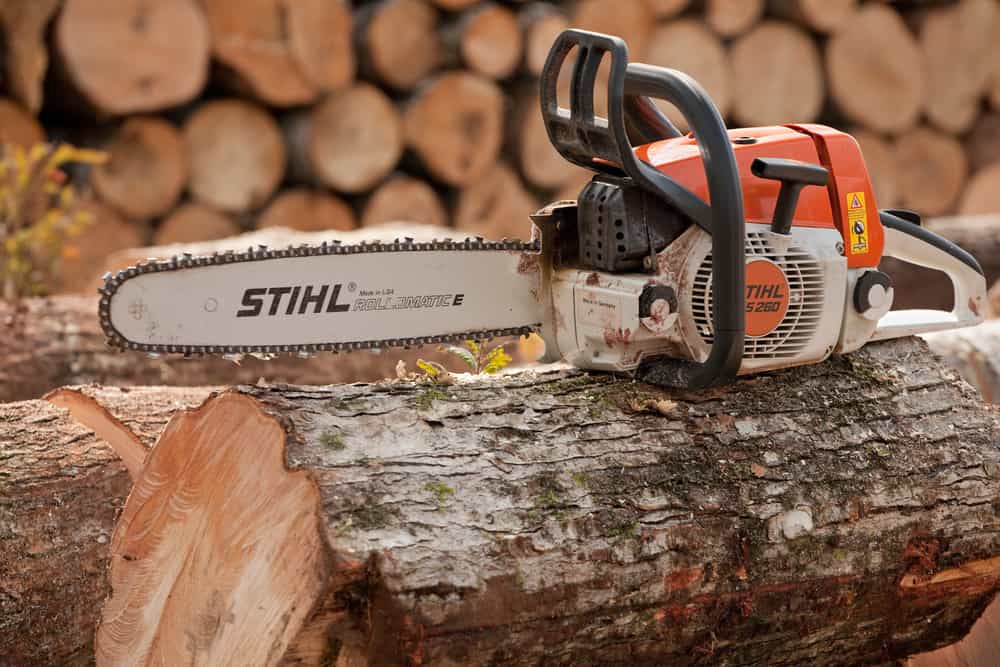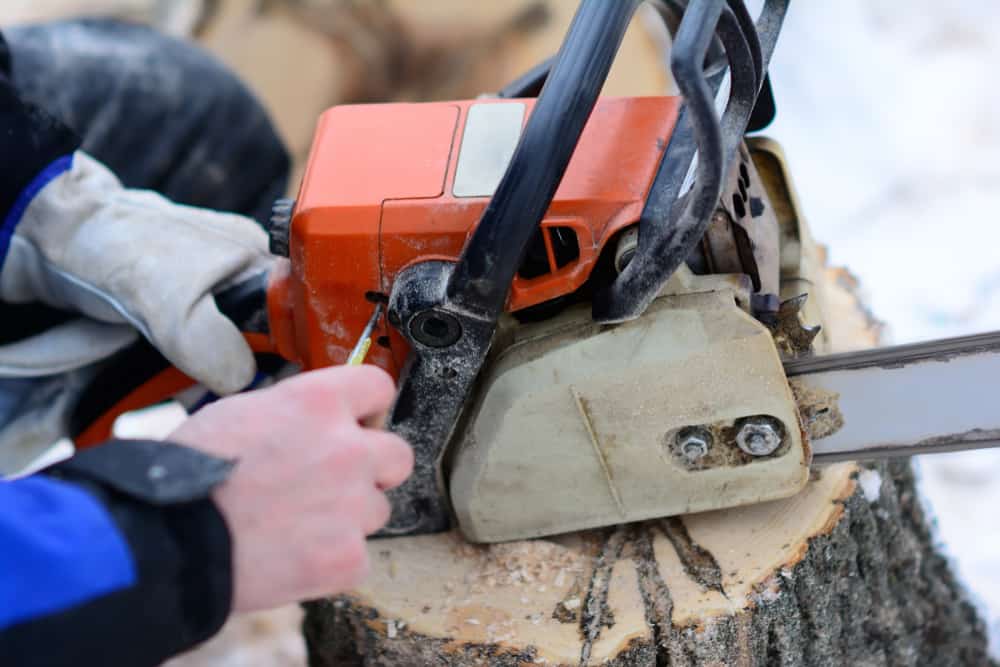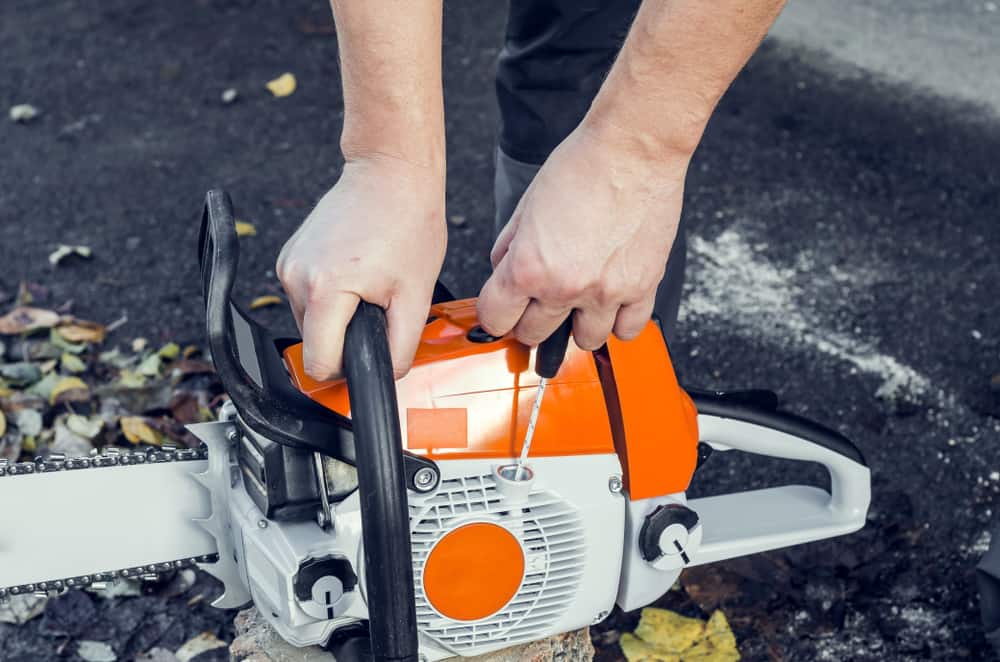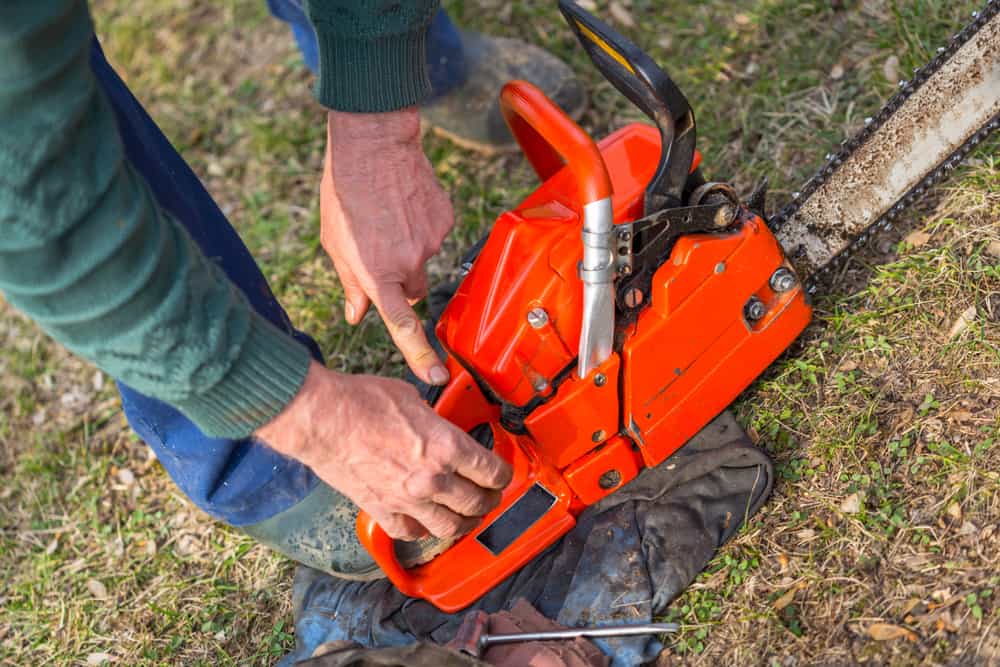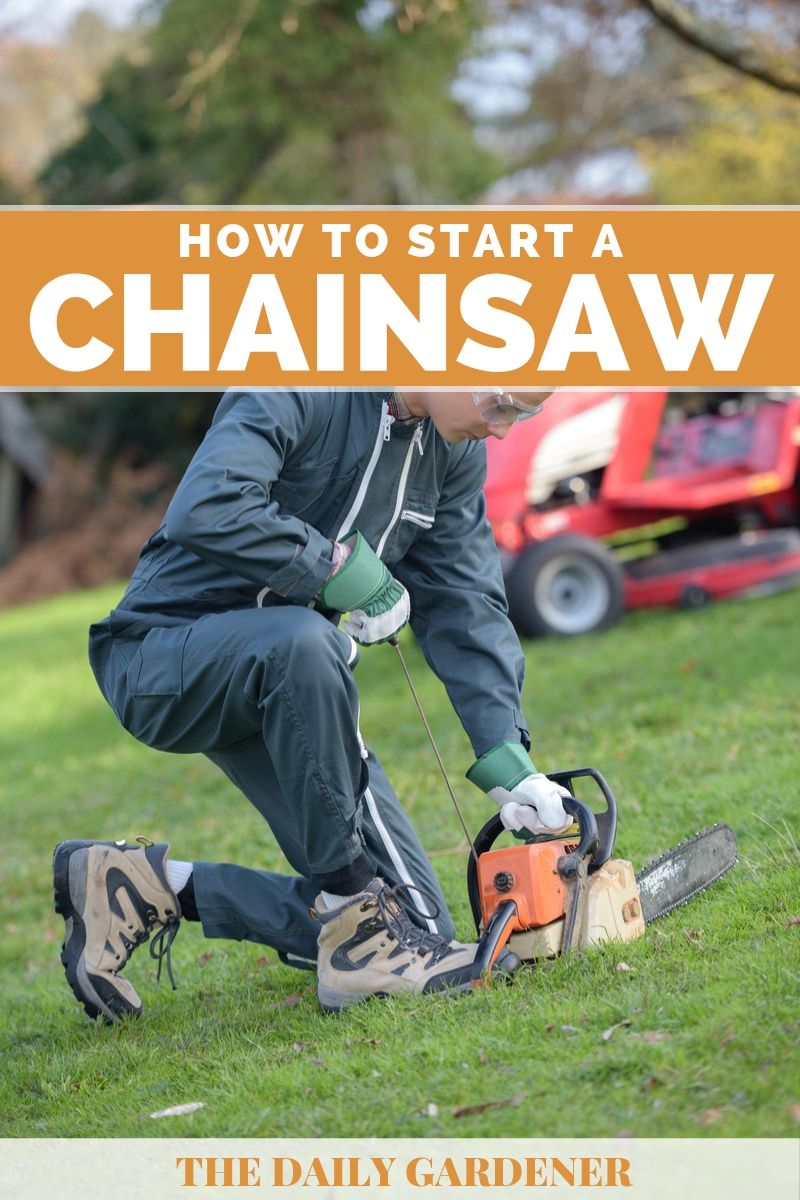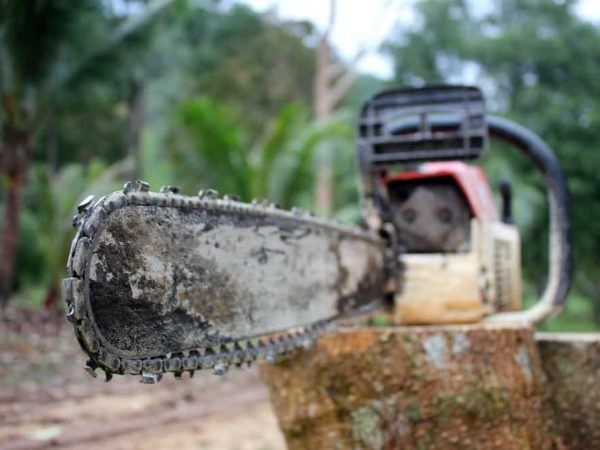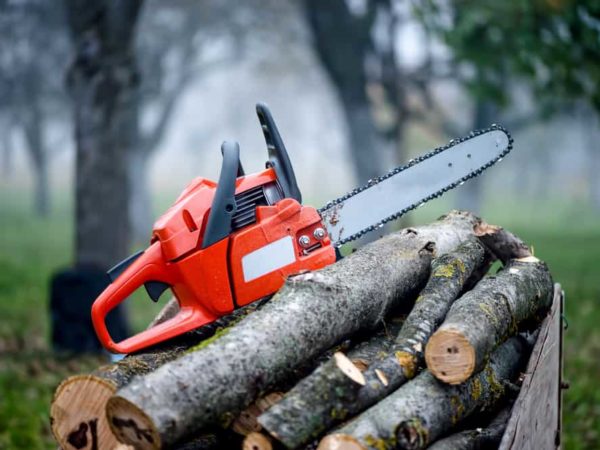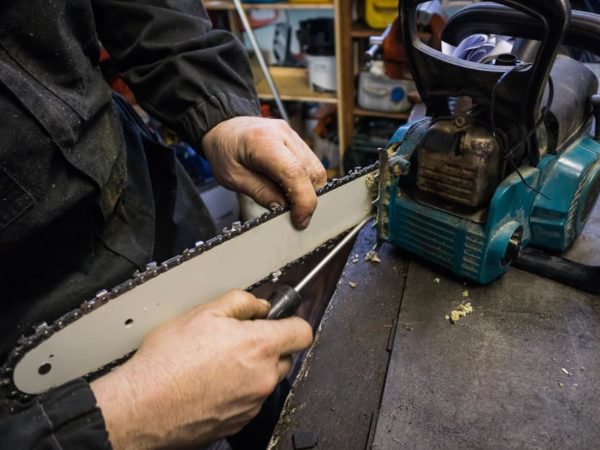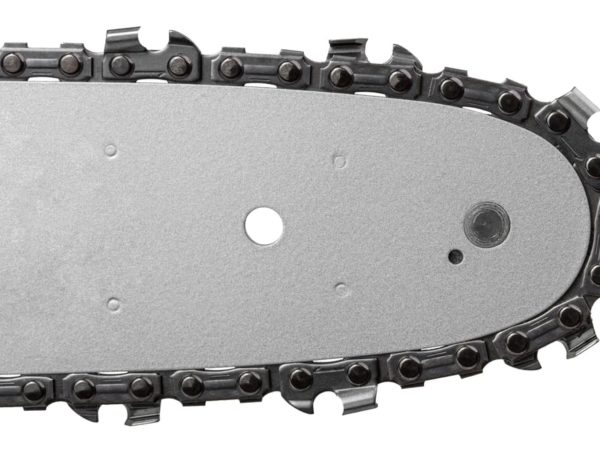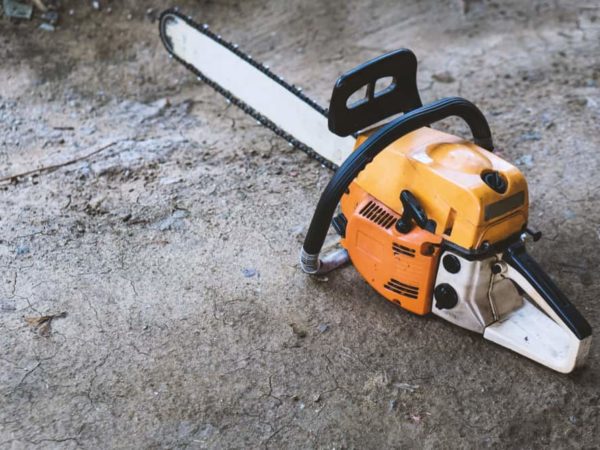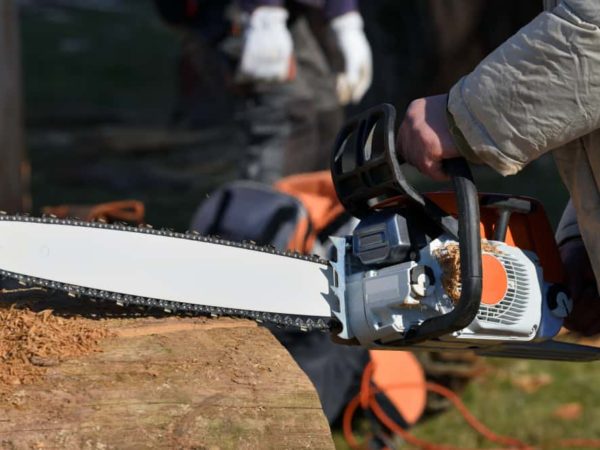Chainsaws are extremely useful tools, and a lot of people even take great pleasure in using them. However, gas-powered chainsaws are not always easy to start, and you need to know what you are doing if you want to fire one up.
Here, we give you a basic step-by-step guide on how to start a gas-powered chainsaw to help you do it successfully and safely. However, note that these steps are only relevant to gas chainsaws. If you have an electric chainsaw or a battery powered chainsaw, starting it up should not be much more difficult than hitting the “on” switch.
If you’re the kind of person who needs to see a demonstration to understand something, here’s a good video that will show you how it’s all done.
Table of Contents
Step-by-step guide
1. Read the manual first
If you are working with a chainsaw you are unfamiliar with, the first step should always be to read the instruction manual.
Even if you think you know how to operate a chainsaw, every model is different. For example, a Husqvarna chainsaw will be different from an Echo chainsaw, and you might not know how to operate the one you are about to start.
2. Safety first
Chainsaws can be extremely dangerous, and accidents can happen even to the most experienced operators. When they do happen, chainsaw accidents can be horrific, so your primary concern should always be safety.
Before starting a chainsaw, make sure you are wearing all the proper protective gear, including chainsaw chaps, eye goggles, ear protection, chainsaw gloves and protective footwear.
3. Engage the chain brake
Once you are ready, the first thing you need to do is engage the chain brake. This is the mechanism that stops the chain from spinning in the event of a kickback, and engaging it will help keep you safe while starting the chainsaw.
To engage the chain brake, push it forward until you hear a click.
4. Press the decompression valve
Some high-end chainsaws, for example, some of the more expensive Stihl models, have a decompression valve. If your chainsaw has one, simply push it in.
5. Pump the primer
Many chainsaws have a primer that is used to purge air from the gas line. If your chainsaw has a primer, push it in a few times to pump some gas through to the carburetor. About four or five times should be enough.
6. Activate the choke
If you are starting your chainsaw cold, that is, starting it up after the engine has had time to cool down completely since its last use, you need to use the choke.
Different models have different types of choke and some don’t have one at all. If your chainsaw has a choke, for a cold start, you need to start off by setting it on full.
If your chainsaw doesn’t have a choke, you can ignore this step – but again, the best advice is to refer to your manual for instructions specific to your machine.
7. Place in safe position
There are two recommended positions to adopt for starting a gas-powered chainsaw. The preferred one is on the floor, but if there is nowhere suitable to place it, holding it tightly between your legs is also acceptable.
If you are starting it on the floor, place the chainsaw on the ground and place your right foot in the handle at the back (the part you would normally hold with your right hand). Place your left hand on the front handle and grip it firmly.
If you are starting it between your legs, place the back handle between your legs just above your knees and grip it firmly with your legs. Place your left hand on the front handle, the same as if you were starting it on the floor.
8. Pull the starter rope
Still holding the top handle firmly with your left hand, take the starter rope handle in your right hand. Pull it out slowly until you begin to feel some resistance. When you feel the resistance, give it a firm, sharp pull.
You will probably have to pull up to four or five times, so each time, guide the starter rope steadily back in. If you just let it snap back, it can damage the starter mechanism inside the chainsaw.
9. If it fires but doesn’t start
After the first or second pull, the engine will “pop”. You will feel the engine turn over but not quite start. If this happens and you have a choke, push it to the half-choke position and pull the starter rope again. The engine should fire up with another couple of pulls.
Once the chainsaw engine starts running, squeeze the throttle briefly to keep it running. With some models, you will now need to set the choke to idling – again, refer to the manual for details.
You are now ready to start cutting wood.
Starting a warm engine
If you are doing a warm start – meaning the chainsaw has only been switched off for a short time and is still warm from the previous use, you can repeat the same steps as above but without using the choke.
What not to do
Here are a few things you should avoid:
- Don’t drop start – A drop start is where you hold the chainsaw in one hand and pull the starter rope with the other. Since the chainsaw is not stable, there is a much higher risk of injury, and you should avoid this technique.
- Don’t wrap the starter rope around your hand – Always hold the starter rope handle in your hand – never wrap the rope around your hand or hold the rope directly.
- Don’t start the chainsaw when the bar is still stuck in some wood – if you do, there is a high risk of kickback.
- Don’t let the starter rope snap back in – As we have said, this risks damaging the starter mechanism
Read the manual – and stay safe
The first two steps are the most important. Before starting any chainsaw, you need to read the manual to familiarize yourself with the tool and you need to make sure you have the proper protective equipment. After this, although chainsaws are all different, by following the steps we have outlined, you should be able to start your chainsaw without too many problems.
Don’t forget to pin it!

